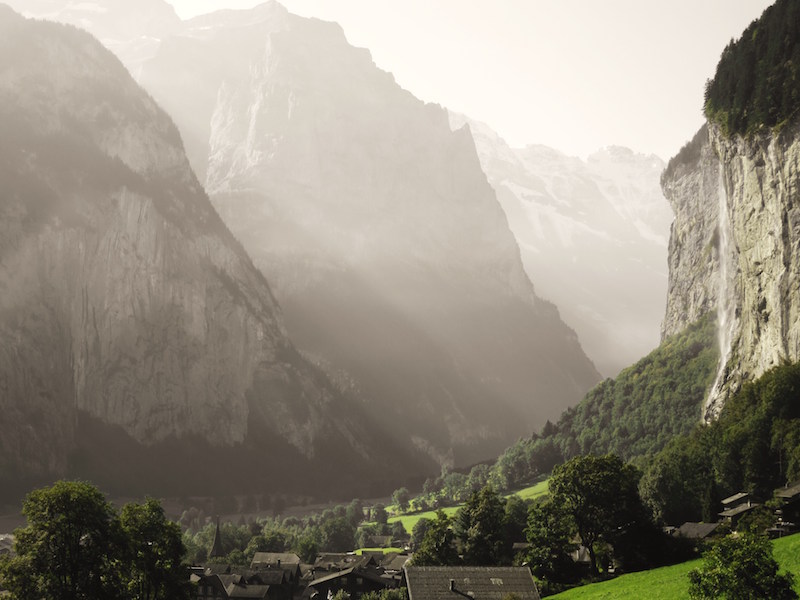This week, I stumbled upon a remarkable, unique community called House of Genius.
From their website:
House of Genius brings together entrepreneurs and a diverse mix of collaborators from the community for an evening each month of disruptive thinking, supportive input, and creative new ideas. You’ll find Houses in many cities and countries around the world. House of Genius is continually growing based on grassroots demand. Together, we create Genius.
The community started three years ago, in Denver, Colorado and now has a presence in over 25 cities around the world. This week, I went to the Brooklyn location, held at DUMBO Startup Lab and sponsored by TriNet.
Each meeting follows the same format:
- 15-18 wide-ranging minds and 2-3 business presenters
- Until the very end of the event, no one is allowed to know each other’s professional background
- Each presenter is given 5 minutes to share their business and one key problem they are facing
- Panelists then offer one round of feedback, where the presenter can’t say respond
- After that first round, a moderated discussion is opened up where the presenter can work with panelists to dive deeper into particular areas of interest.
- At the end of the evening, everyone goes around the room and talks about who they are and what they do.
I found the format refreshing. Normally when you go to an event, particularly in NYC, everyone asks you your name, and then what you do. From the website:
First names only at the start. House of Genius works best when we have a diversity of perspectives and where people candidly share their ideas freely and without filtering or ego. We ask attendees to refrain from disclosing their backgrounds at the start of the session so that ideas are accepted at face value and to encourage everyone to contribute equally.
We don’t publicize the topics for discussion ahead of time to guarantee immediate reactions and fresh ideas. Our format encourages attendees to lend their unique insights to problems that may be outside their fields of expertise — a crucial ingredient to gain novel perspectives and create innovative solutions.
I was honored to present my passion project, Nerve Rush, to the group, and received some amazing feedback. Here were my big takeaways:
- Inject more of myself into the website. Expose more of my foibles as a pseudo adrenaline junkie. Extreme sports can be intimidating, and I can frame the website as a kind of this-is-how-you-do-it, get-your-toes-wet experience for users. One participant likened Nerve Rush as the Crunch Gym or Planet Fitness of the extreme sports world.
- Move forward with my idea for a podcast. It’ll help me find my voice and will be a good way to connect with athletes.
- My website traffic is at a point where I should start reaching out to advertisers. I was told to make sure that whatever partnerships I form, to ensure that they’re true to the Nerve Rush brand.
A huge thank you to Michele at BeSpoke, who I shared the presentation stage with, and to all of the House of Genius staff and panelists: Spencer, Gustavo, Caroline, Ellen, Brian, Jennifer, Ishrat, David, Shireen, Colby, Genna and Jorge!















